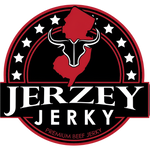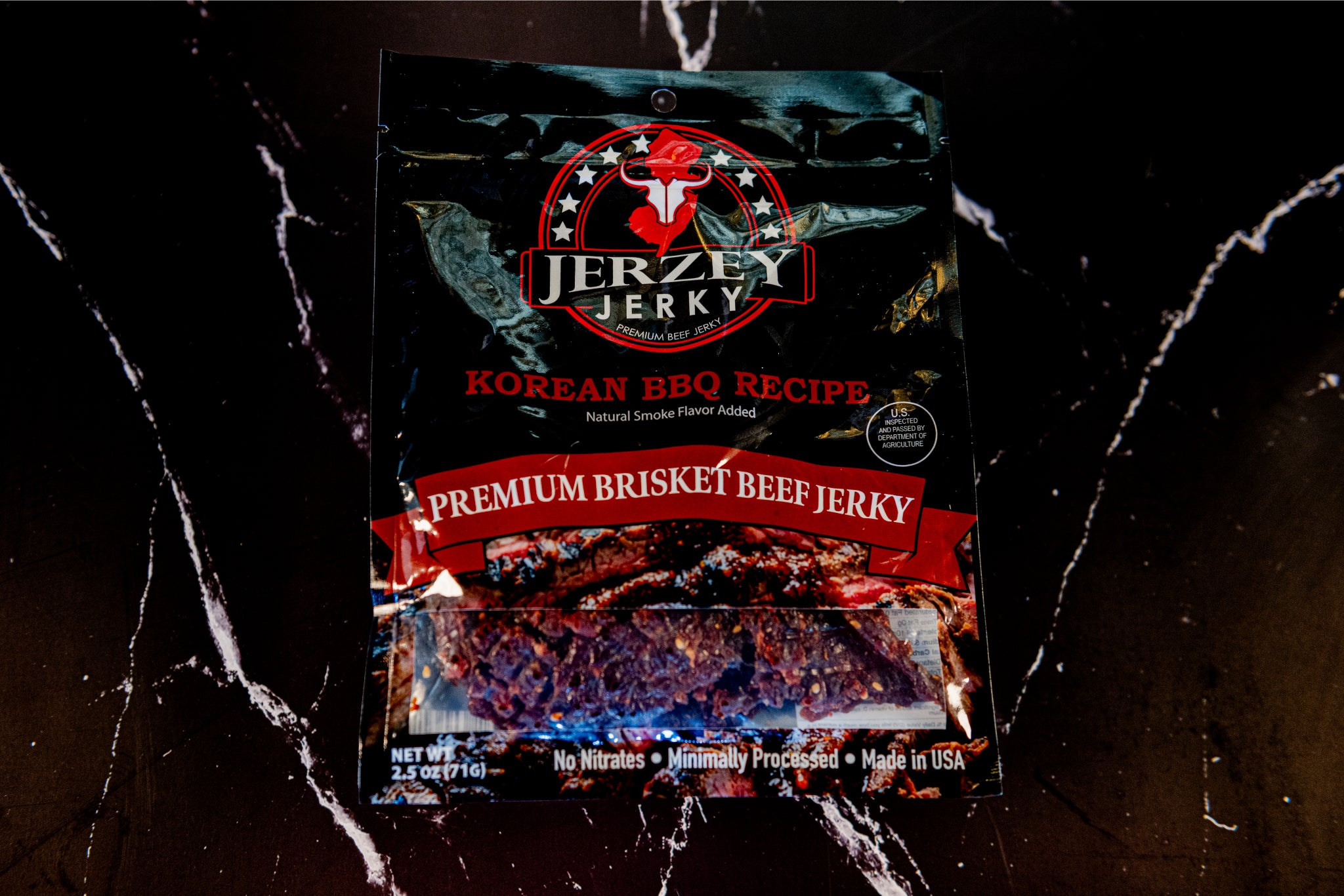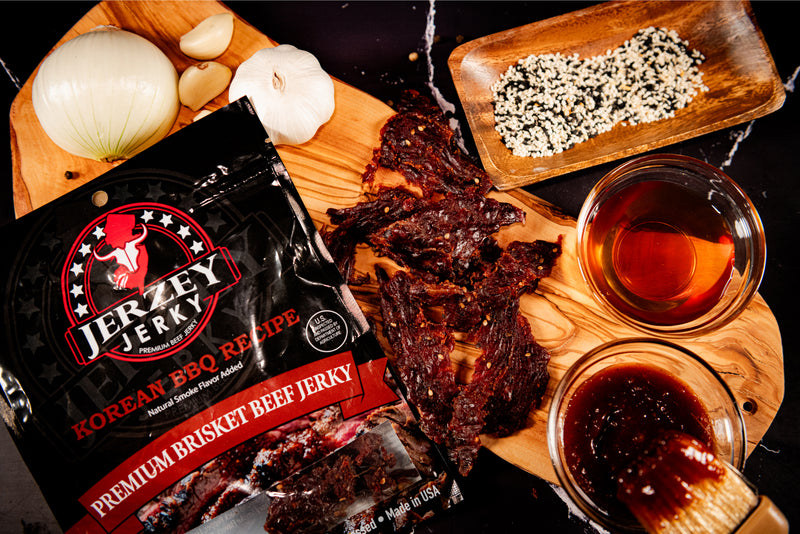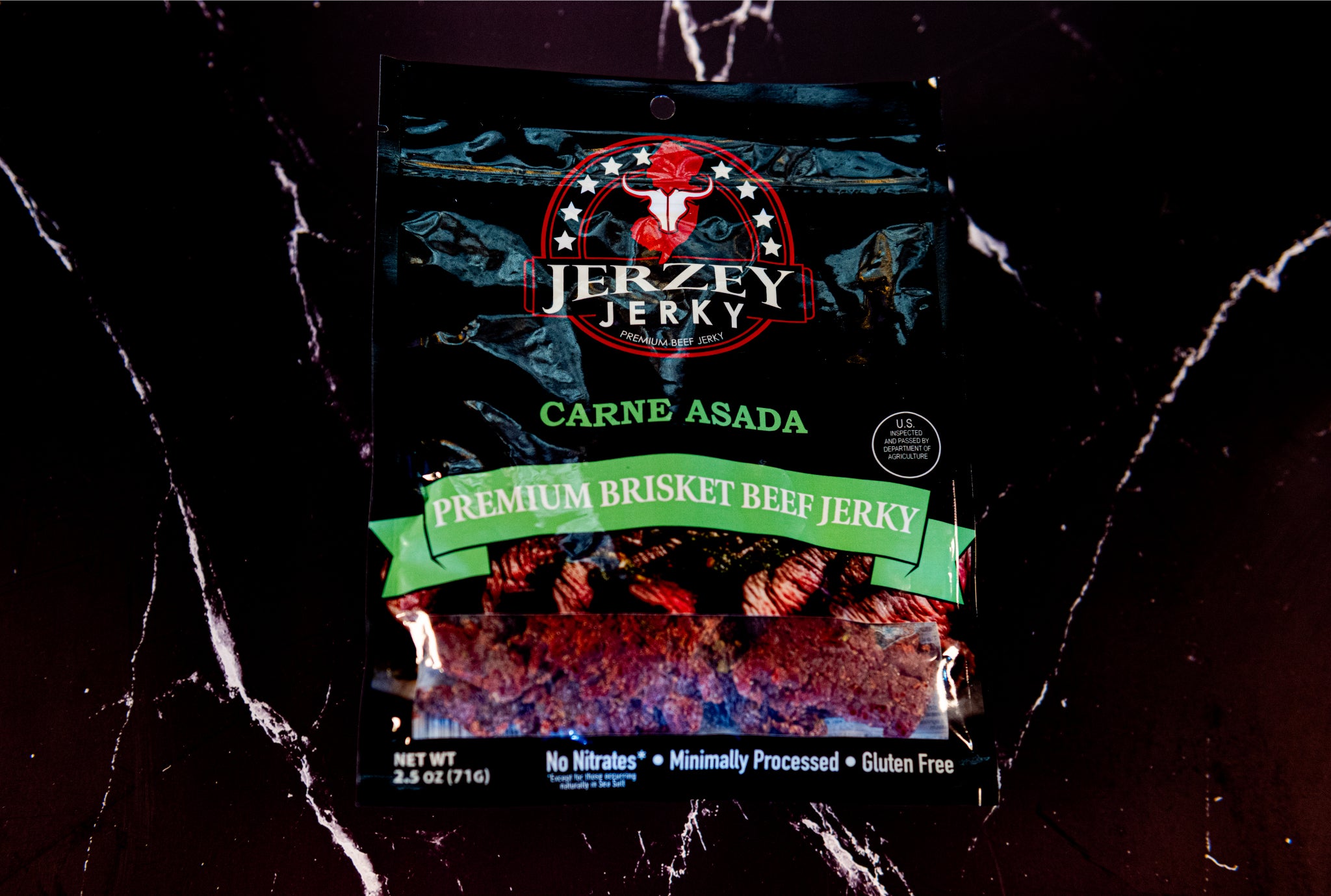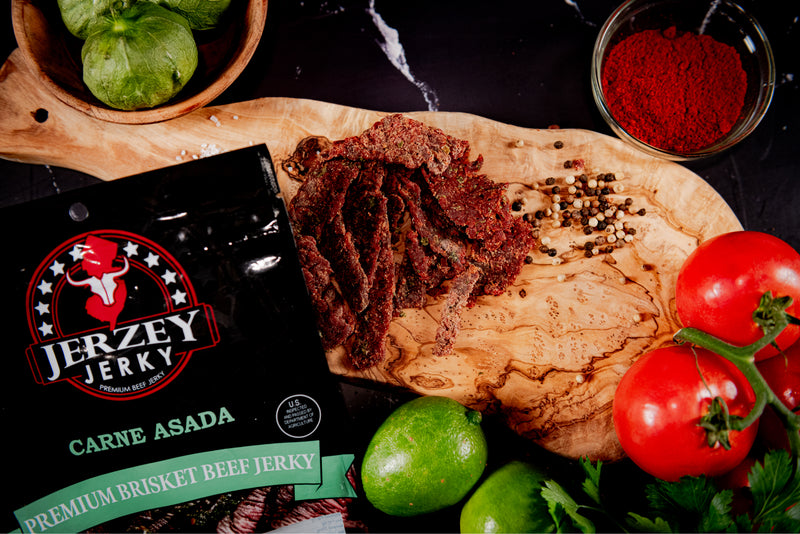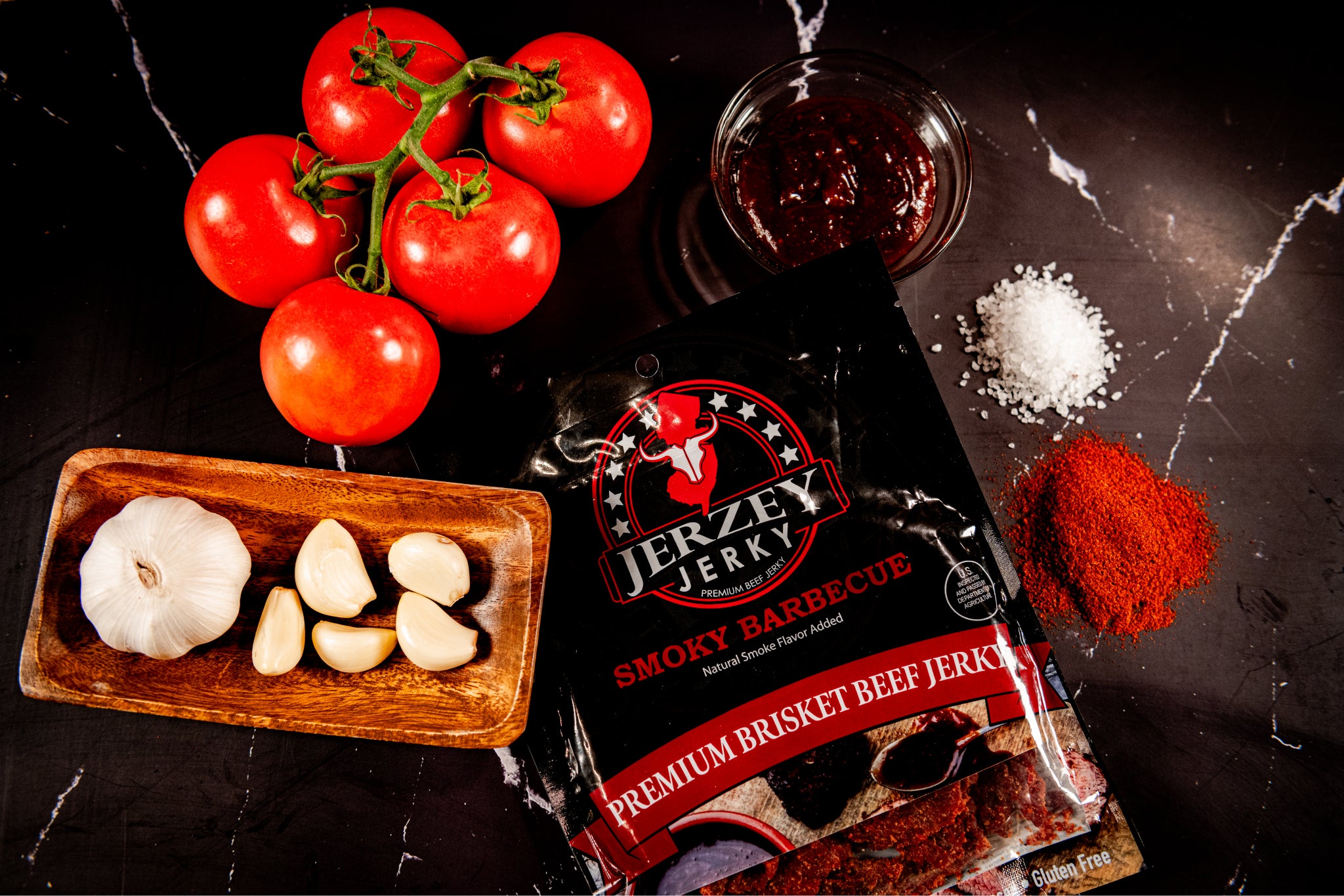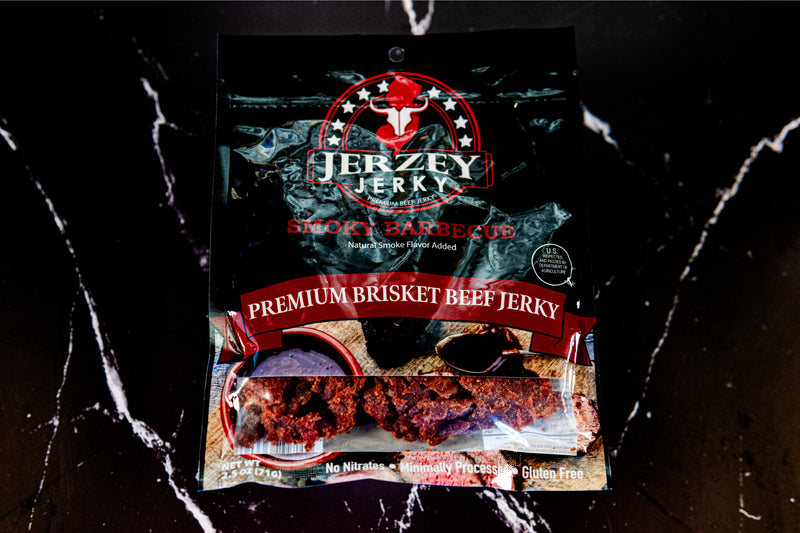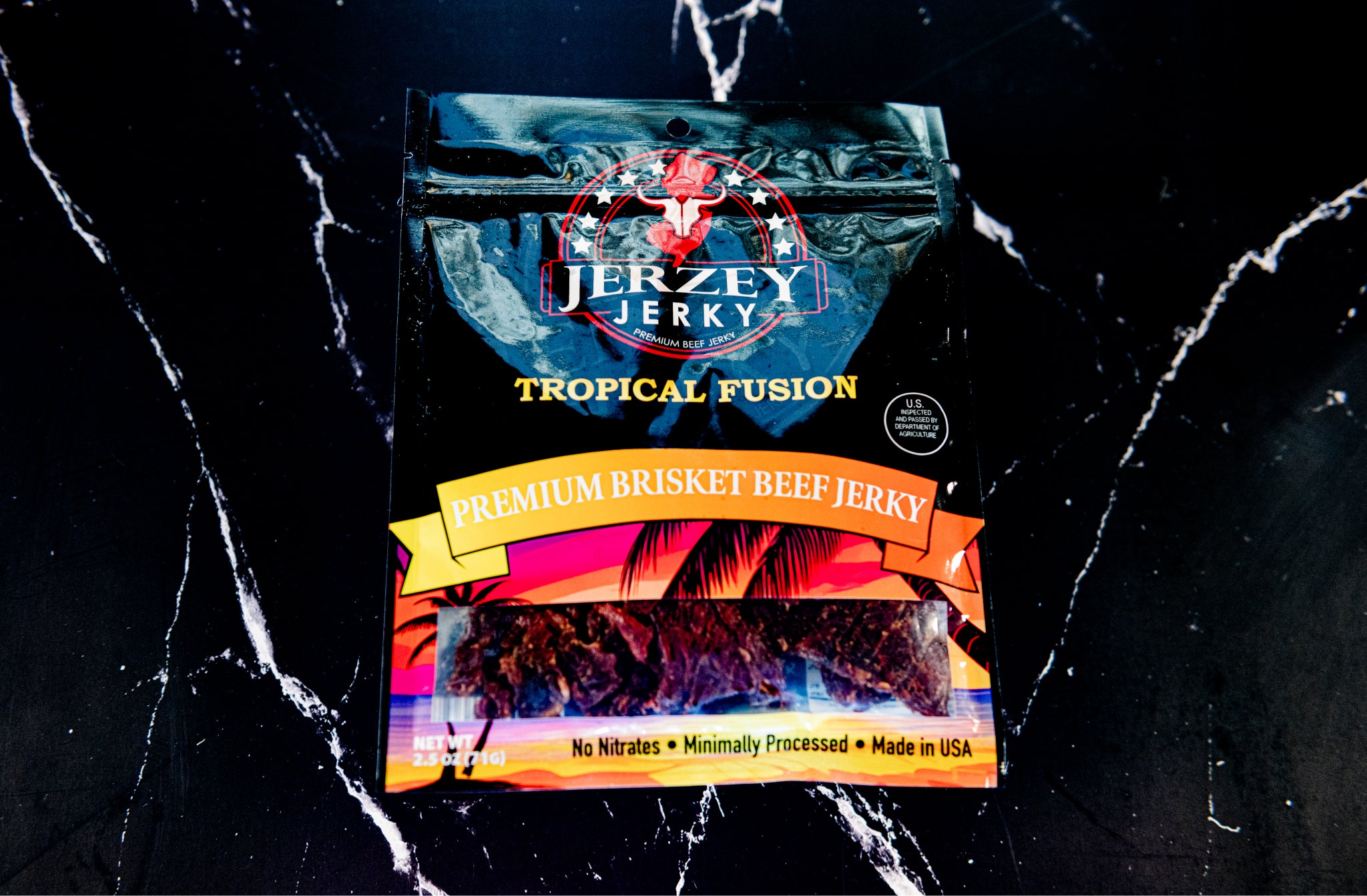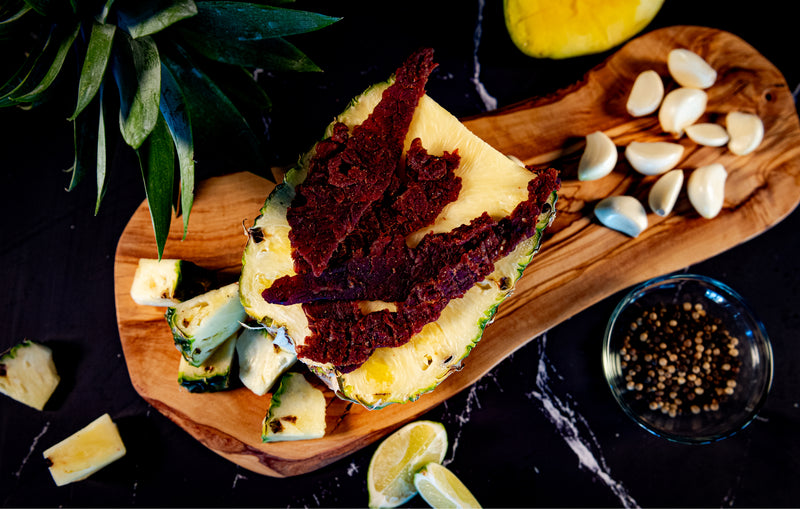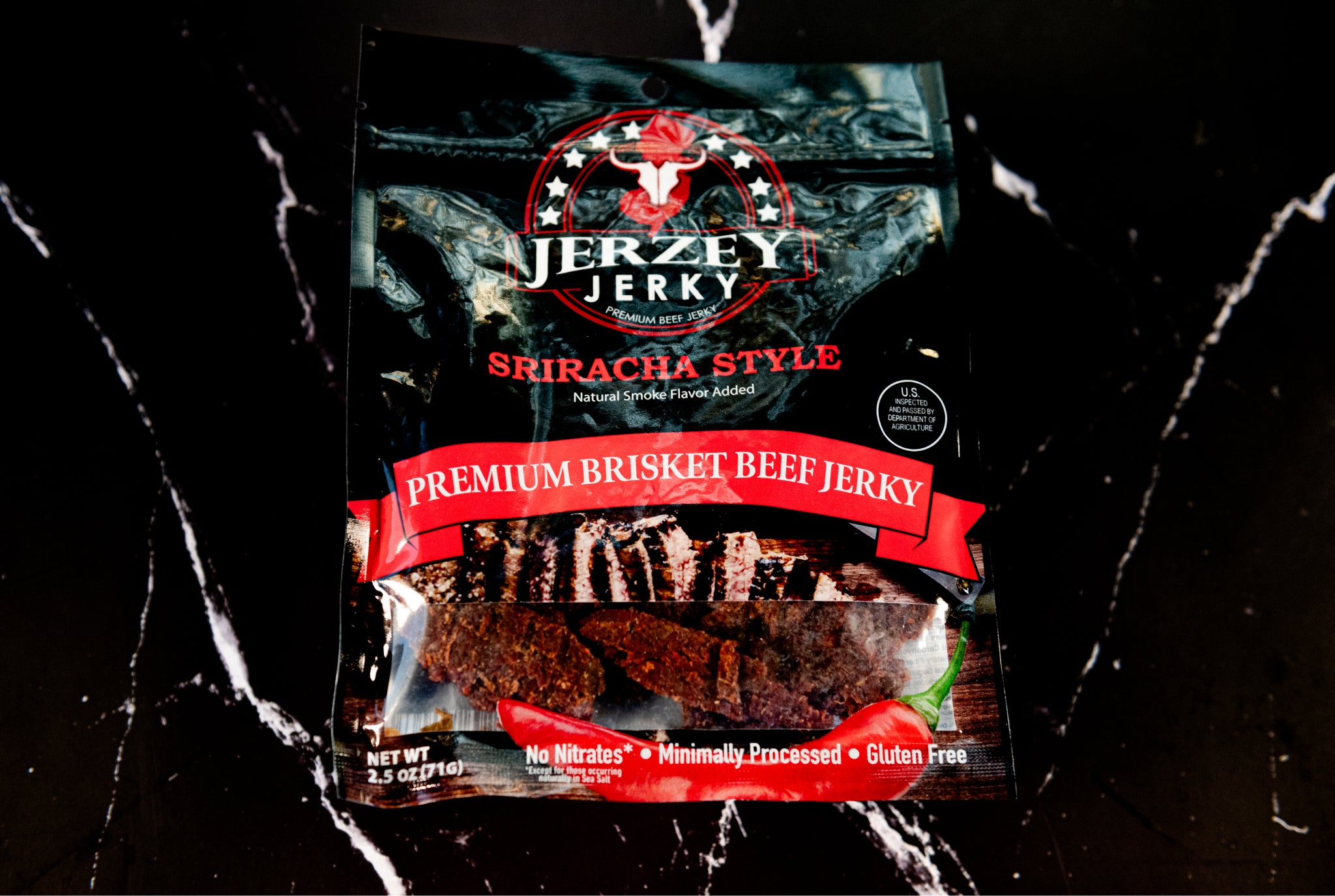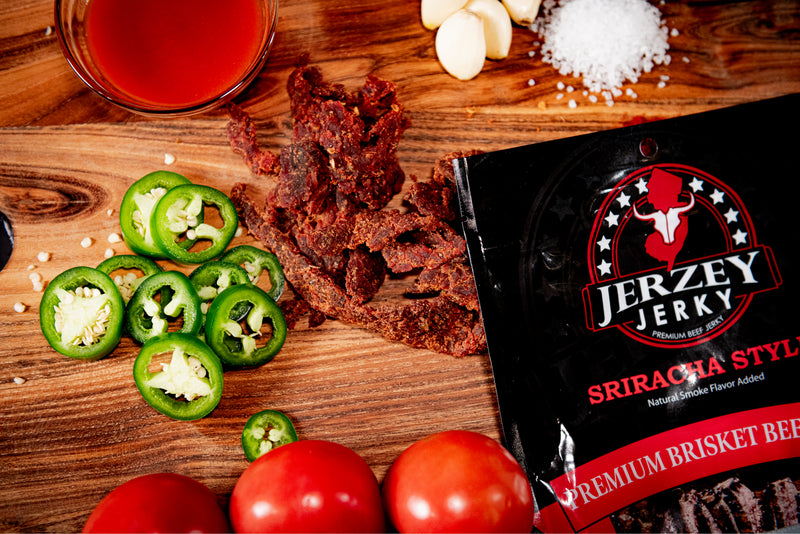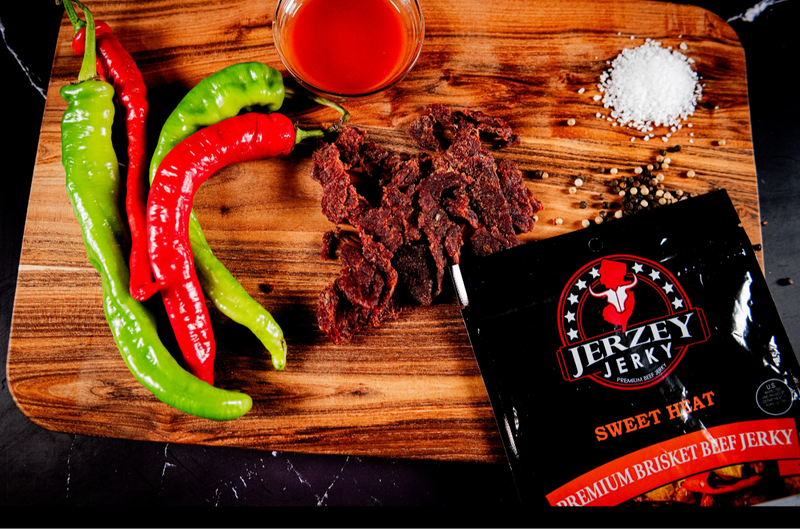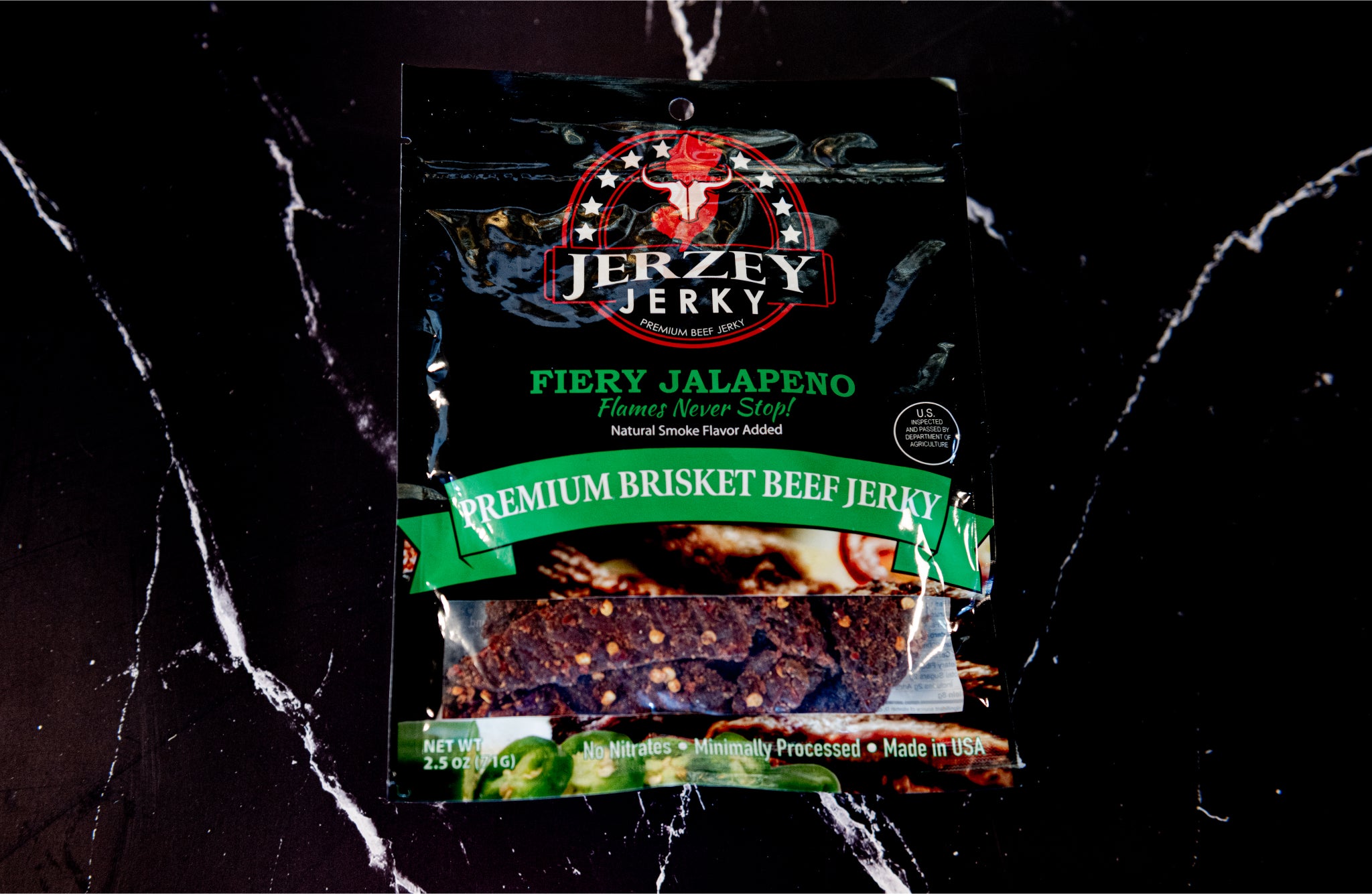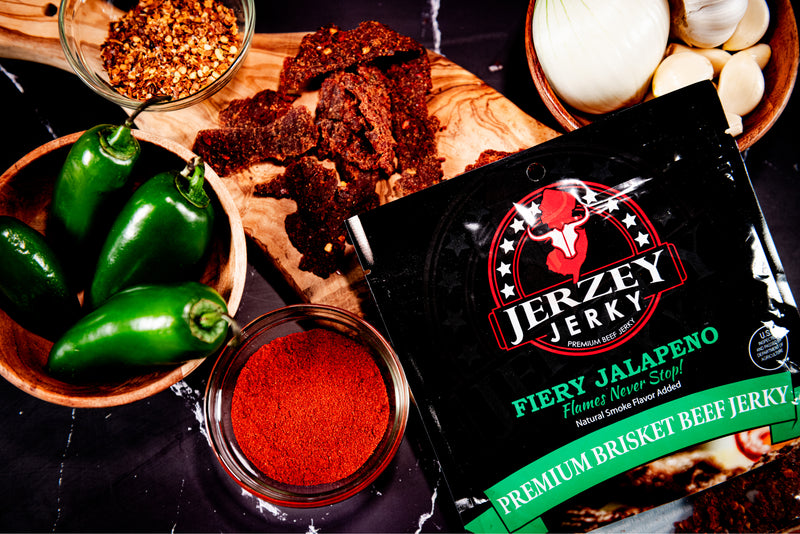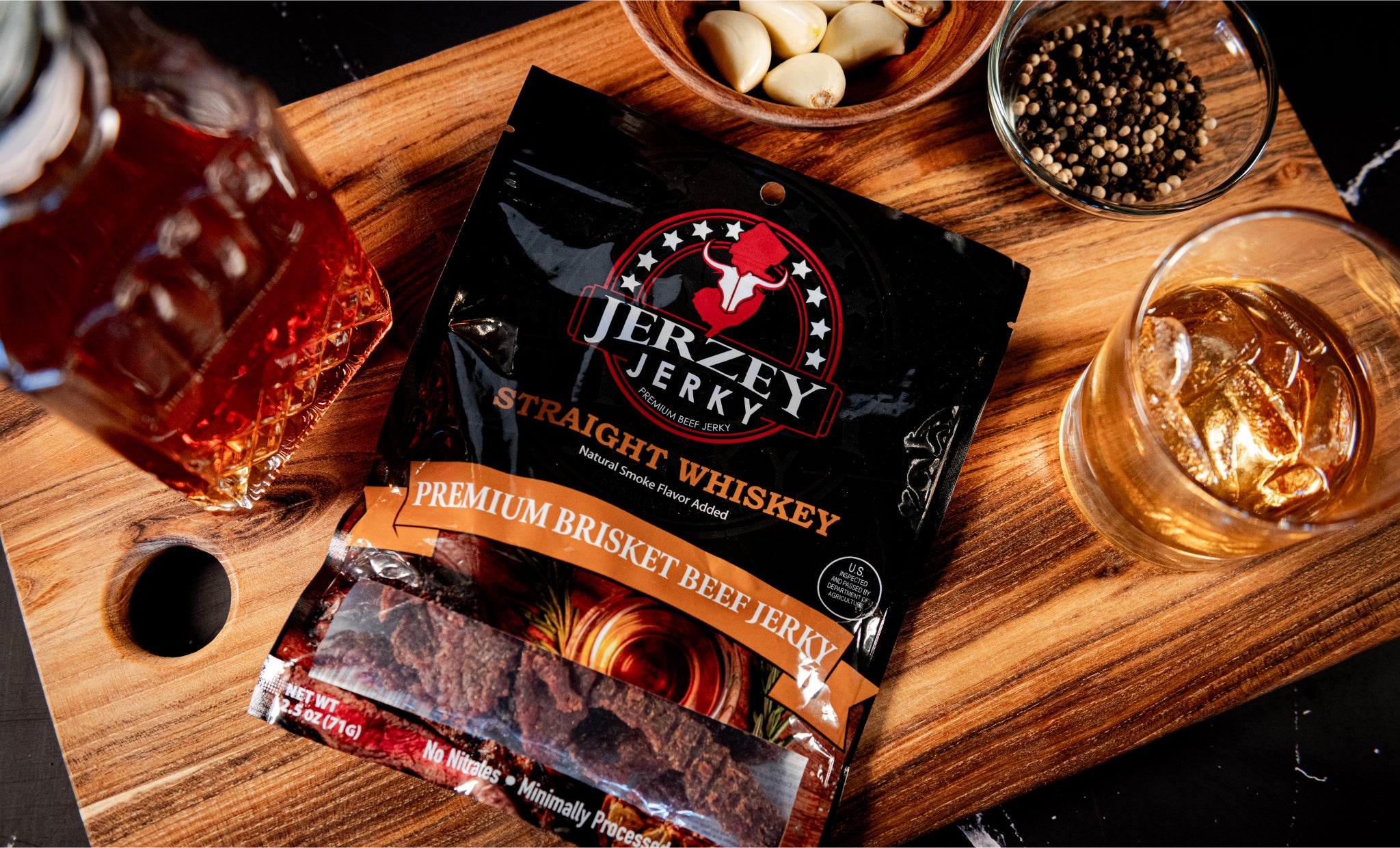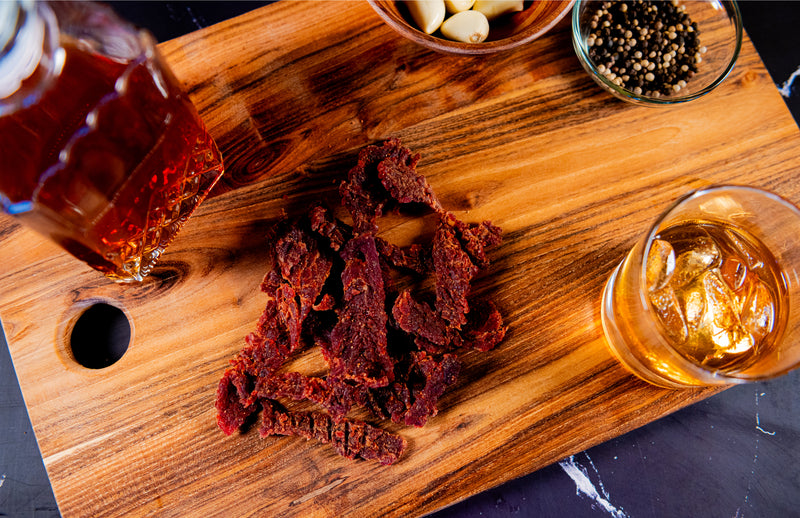
Pan Sear Beef: Nutritional Value, Characteristics, and Preparation
It is a cooking recipe in which beef is seared in a hot pan to create a caramelised crust. The interior remains juicy and tender. The final nutritional value varies with the type of cut. This technique is commonly used to enhance flavor, lock in juices, and form a golden-brown exterior. Fillets, ribeye, sirloin, steaks, and tender cuts are used for pan searing.
What is the Nutritional Value of Pan Sear Beef?
The nutritional breakdown for a pan-seared beef involves:
- Protein: A single pan-fried steak contains over 60 grams of protein. These proteins are useful for the body in building and reconstructing muscles. Cooking breaks down these proteins into amino acids, which are digestible and absorbable easily.
- Fat: It varies with the cut of beef and the trimming process. In general, ribeye cuts are higher in fat, while tenderloin is leaner. Cooking and trimming process changes the overall fat content in the beef. High-beef patties lose fat while frying, but leaner cuts absorb fat.
- Micronutrients: Pan-seared beef is rich in selenium, zinc, iron, and B vitamins. Heme iron, found in beef, and nonheme iron, obtained from plants. Zinc is useful for supporting immune system function, metabolism, and growth. Heat loses the micronutrients like potassium, sodium, and magnesium. Iron and zinc content increase with cooking. Vitamins are susceptible to heat and degrade at high temperatures.
- Cooking Effect: Cooking beef at high temperature breaks down the proteins, which makes it easily digestible. The high temperature used for the searing process initiates the Maillard reaction. In this reaction, reducing sugars and amino acids react to create a savory and flavorful crust. Avoid cooking beef at very high temperatures that are used for searing. A very high temperature results in heterocyclic amines, which in turn cause cancer and other health risks.
Shop the best-selling Fiery Jalapeno Beef Jerky - Brisket & Straight Whiskey Beef Jerky - Brisket
What are the Characteristics of Pan Sear Beef?
Here are the four characteristics of pan-seared beef:
- Crust: A unique brownish, caramelized crust is made in the searing process on a hot pan. It is known as the Maillard reaction. In this reaction, amino acids and sugars react under high temperature and produce hundreds of new flavors and aromas.
- Texture: Haeting beef at a high temperature is a unique characteristic of pan-seared beef. This high temperature results in a crispy exterior surface. It also maintains a tender and juicy interior. The internal juices collect at the center of the beef cut while cooking. Keep it at rest for several minutes after cooking to allow redistribution of the juices.
- Flavor: Pan-seared beef offers a rich, deep, savory taste because of the Maillard reaction. This flavor is enhanced by adding seasonings like herbs and garlic. Butter is used for basting the steaks to add extra aroma and flavor in the finished product.
- Appearance: A completely steaked beef appears dark-rbwn or golden brown. The interior color varies depending on the doneness of the beef. It ranges from pink to red for medium and rare doneness, respectively.
What Cuts of Beef are Best for Pan Searing?
These five cuts of beef are best for pan searing:
- Ribeye: It is a type of fattier cut and is known for marbling and white flecks. These flecks are spread in the muscles, which melt under high heat. It results in tender, flavorful, and juicy beef steaks. Prefer buying 1-1.5 inches thick pieces with proper marbling for savory taste.
- Strip Steak (NY Strip): Strip steaks are also known as New York steaks. They are recommended due to their tough texture and beefy flavor. It is structured with a fat cap on one side, which enhances the flavor when cooking. 1-1.5 inches thick cuts are recommended, like ribeye.
- Tenderloin/Filet Mignon: It is considered the leanest and tenderest cut of beef. It has a melt-in-the-mouth texture. Unlike strip and ribeye cuts of beef, it has less flavor, but a crispy crust provides a good taste when evenly cooked. 1.5 to 2 inches thick beef cuts are preferred for tenderloin pan searing.
- Sirloin: It is a leaner cut with moderate tenderness and more economical than strip or ribeye. It is cooked at medium or medium-rare doneness to develop the required flavor and tenderness. Bottom sirloin is tougher than the top sirloin. Prefer the top one for pan-searing.
- Flank & Skirt Steak: It’s a leaner and a well-tenderized cut. Its uniform thickness makes it a good choice for even and quick cooking. Prefer marinating these cuts before the searing process for excess flavor and aroma.

How to Prepare Beef for Pan Searing?
Follow these four steps to prepare beef for pan searing:
- Bring to Room Temperature: Place the beef out of the refrigerator to maintain internal temperature before cooking. Frying the beef without normalizing the temperature results in gray beef cooked from the edges. Leaner cuts need 30-60 minutes for defrosting. But fattier cuts (more than 2 inches thick) need 2 hours to defrost.
- Pat Dry: Soak the moisture before searing the beef. It needs to be removed before the start of the Maillard reaction. Since moisture steams the beef instead of searing it. The crust becomes soft and less flavorful. Use a paper or a towel to clean the moisture until it comes away dry.
- Seasoning: Dry rub the beef before searing it. Salt is used in advance to break down muscle fibers before cooking. Garlic or herbs are added to enhance the tenderness and flavor of the beef. In the dry brine method, salt is added to the beef and left overnight. First beef leaves its moisture and reabsorbs it along with the salt, which adds deep flavor and tenderness.
- Marinade: These are mostly used for fattier cuts to add extra flavor. The marinade acid penetrates into the cuts to add a deep aroma. Balck pepper or salt is enough for leaner cuts to shine their natural flavor. Pat dry the beef after marinating to develop a delicious crust.
How to Pan Sear Beef Properly?
Beef is seared evenly in a pan in these five steps:
- Preheat Pan: A stainless steel or cast-iron pan is used to sear beef on high heat to develop a crispy crust. They are ideal for retaining heat. A lukewarm pan steams the beef and turns it into a soggy or gray color instead of searing it to brown. Heat the pan for 5 to 10 minutes and do a water test to check the temperature of the pan.
- Oil Choice: Oil acts as a medium that transfers heat to the beef while cooking. Prefer using high smoke-point and high-temperature resistant oils (canola, grapeseed, avocado). It prevents burning and a bitter taste after cooking. Let the oil slightly smoke or shimmer before adding the beef.
- Searing Technique: Turning beef repeatedly prevents proper crust formation and even cooking. Left the beef for 1-2 minutes for leaner cuts. Fattier cuts require 2-4 minutes for deep cooking. A pair of tongs is used to cook the sides of beef and to add any extra fat and flavor.
- Butter Basting: Butter is added at the end of the searing process to create a nutty flavor. Other ingredients like rosemary, garlic, or thyme are also used for flavor.
- Resting: When cooking, muscle fibers contract and all the juices collect in one place. Cutting the beef immediately after removing it from the heat causes loss of these juices. Allow it to rest for 5-10 minutes for leaner steaks and 15-20 minutes for fattier steaks to retain their juiciness.
What are the Doneness Levels for Pan-Seared Beef?
These are the five doneness levels for pan-seared beef:
- Rare: The internal temperature for rare doneness is 120–125°F / 49–52°C. The final color becomes red with a light, jelly-like texture.
- Medium Rare: Its color becomes red at the center and pink towards the edges. The final temperature is measured at 130–135°F / 54–57°C. It provides a perfect combination of flavor, juiciness, and tenderness.
- Medium: The center becomes warm and pink, while the temperature becomes 140–150°F / 60–65°C.
- Medium Well: It is just a hint-pink in the center and brown from the edges. Final internal temperature of medium well doneness is 150–155°F / 65–68°C.
- Well-Done: The steaks become uniformly brown and contain a low amount of moisture. The internal temperature becomes 160°F+ / 71°C+.
What are the Buying & Storage Tips for Beef Meant for Pan Searing?
Four tips for buying and storing pan-seared beef are listed below:
- Selection: Select the beef steaks with white flecks and marbling for extra flavor and tenderness.
- Thickness: 1-1.5 inches thick beef cuts are best for preparing a pan-seared beef recipe.
- Storage: Refrigerate the beef for 3 days for normal use.
- Freezing: Prefer storing in vacuum-sealed bags for long-term use. Freeze in packets to thaw only the needed amount when cooking. Thawing beef at room temperature causes bacterial growth in it
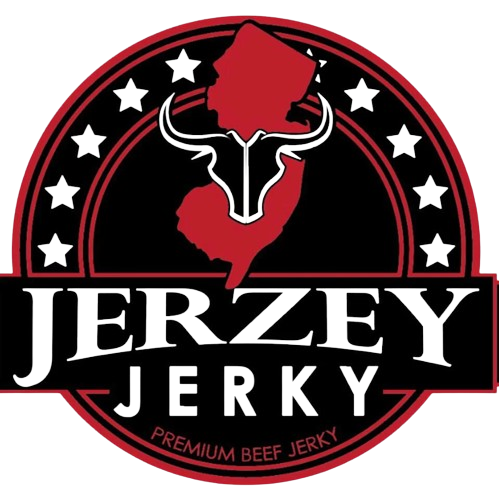
 2025-09-17
2025-09-17
 Wayne Holland
Wayne Holland

